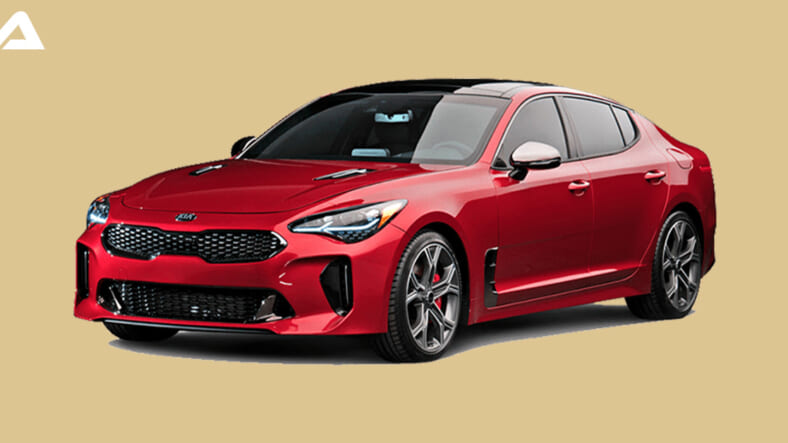How Kia Went from BOGO Rios to Waitlists and Respect
Kia was formerly derided as the “laughing stock” of the automobile industry, but things have changed dramatically in recent years. […]

Kia was formerly derided as the “laughing stock” of the automobile industry, but things have changed dramatically in recent years. The brand maintained its position at the bottom of J.D. Power’s annual Initial Quality Study throughout the early and middle 2000s (IQS).
Kia owners detested their automobiles since they offered nothing more than fundamental amenities and suffered from numerous issues, such as engines in Sportage models that would suddenly cease operating.
Then, in the 2010s, a change in direction started to become apparent. Kia was awarded the top spot in J.D. Power’s 2016 Initial Quality Study (IQS), marking the first time in almost three decades that the distinction did not go to a luxury brand such as Lexus or Acura. Since then, Kia’s position inside the top three has remained unchanged. It is not easy to go from being at the very bottom to being at the very top in a reasonably short length of time; what changed?
From the Most Terrible to the Best
During its early years, Hyundai was known for producing low-cost automobiles that were generally considered to be unsatisfactory and regularly ranked at the top of lists that ranked the worst vehicles.
Kia benefitted from seeing the mistakes made by its fellow Korean carmaker, and Popular Mechanics reports that the firm spent more than one billion dollars on research to enhance its automobiles’ quality.
In addition to doing extensive market research, which was rather pricey, Kia 2006 also employed designer Peter Schreyer, who was responsible for designing the well-known Audi TT.
Not long after Schreyer’s arrival, the situation began to show signs of improvement.
The playful Soul was a surprise hit, and sales slowly but steadily climbed over time.
However, how can a business expect customers to take it seriously when it utilizes rapping hamsters as part of its marketing strategy?
Kia’s plan included modestly raising their pricing to set themselves apart from Hyundai, which was part of the company’s strategy.
Kia recognized that there is a distinction between the terms “bargain” and “value,” and the company made it a priority to distance itself from the reputation of being a cheap brand.
Along with the rise in costs came an increase in the degree of luxury offered by Kia.
The Stinger, Telluride, and Cadenza are particularly elegant but cost a fraction of what their luxury brand competitors do. This is largely why the brand has been so revolutionary in the industry.
Kia has more 2020 cars designated as an IIHS Top Safety Pick or Top Safety Pick+ than any other automobile company, and U.S. News has named it the Best SUV Brand for 2020, dethroning Honda from the number one slot, which Honda had held since 2016.
At the World Car Awards, two of the most prestigious awards were given out: the World Urban Car award went to the Soul EV, and the World Car of the Year award went to the Telluride.
In What Ways Has Kia Stepped Up its Game?
So Kia hired a new designer and started making vehicles with more lavish luxury, but was there something else that contributed to the company’s success? In an interview with Forbes in 2019, Chief Operating Officer Michael Cole stated that “absolutely, it was all about branding.”
Cole explained that the manufacturer of vehicles developed a brand personality that was distinct from its rivals. This personality was light-hearted, modest, and truthful and didn’t take itself too seriously. In addition, the manufacturer’s vehicles were designed to meet the requirements of modern drivers.
The statement is accurate; prospective purchasers have their pick between the hip Kia Soul and the BMW-contender Kia Stinger, as well as a wide variety of vehicles that fall somewhere in between.
Kia places a significant emphasis, throughout the manufacturing process of its automobiles, on the human touch, an art form that is rapidly becoming extinct.
More than 3,000 people are employed at the West Point, Georgia plant, which is in stark contrast to the majority of factories, which are controlled almost exclusively by robots. These people double-check, triple-check, and even hand-stone every car’s door panels that come off the assembly line. That is amazing; there is reason to give Kia some serious thought after seeing that.
